“Dumbledore Has Imprisoned Himself In Hogwarts”




“Dumbledore has imprisoned himself in Hogwarts”
More Posts from Monecky and Others
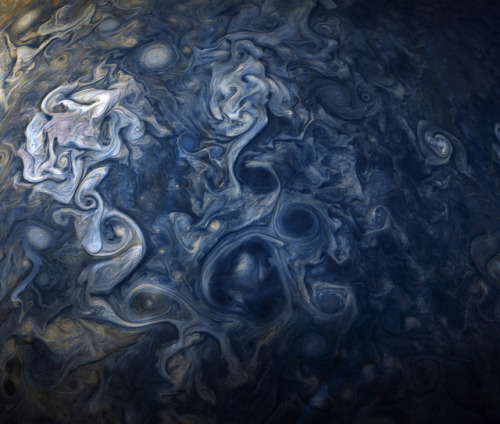
I’ve got the #Jupiter blues. See Jovian clouds in striking shades of blue in this new color-enhanced image.
Image Credits: NASA/JPL-Caltech/SwRI/MSSS/Gerald Eichstädt/ Seán Doran
ThAT‘s tHe BloOd PacT
[The Crimes of Grindelwald spoilers following]
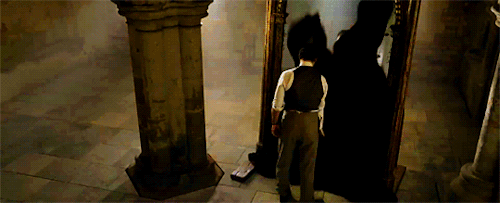
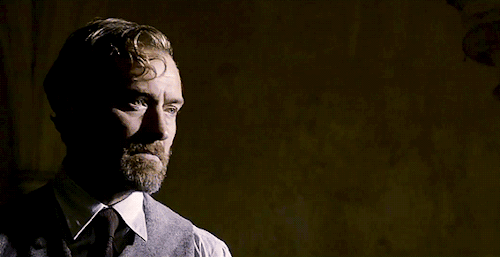





I mean like - what was this even? Yeah sure joanne that’s all because of the blood pact







** Marco had a good season ** **
** Mario had a good season ** **
Fans: Now you will give Götze a chance?
Löw:
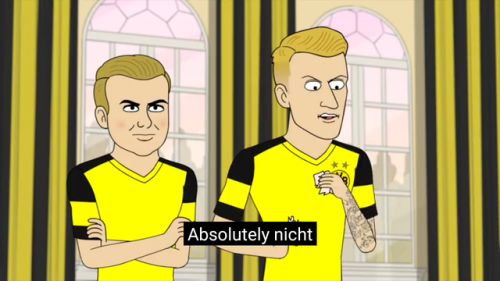
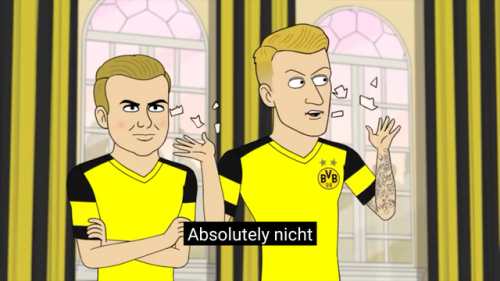





















Lunar Eclipse 2019
Image Credit: Zachary Wells










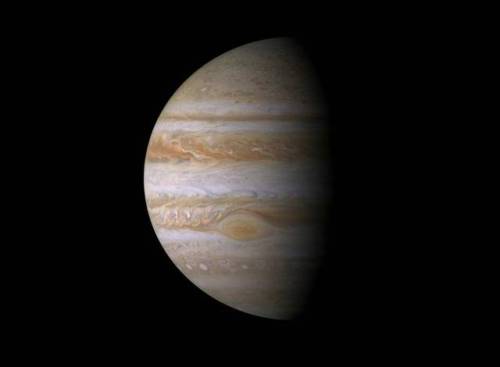
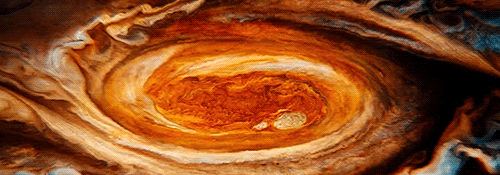
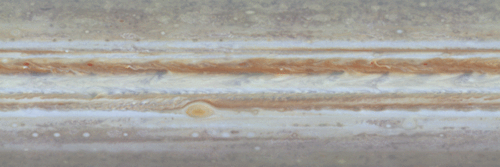
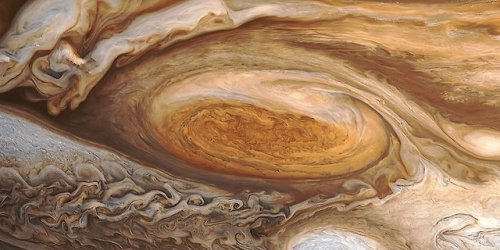
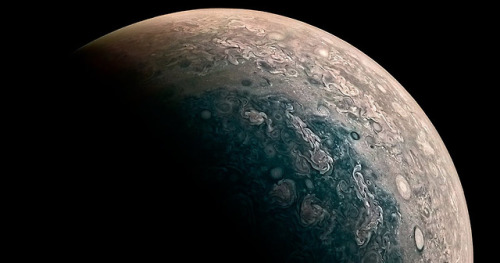
Jupiter is perpetually covered with clouds composed of ammonia crystals and possibly ammonium hydrosulfide. The clouds are located in the tropopause and are arranged into bands of different latitudes, known as tropical regions. These are sub-divided into lighter-hued zones and darker belts. The interactions of these conflicting circulation patterns cause storms and turbulence. Wind speeds of 100 m/s (360 km/h) are common in zonal jets. The zones have been observed to vary in width, color and intensity from year to year, but they have remained sufficiently stable for scientists to give them identifying designations.
The cloud layer is only about 50 km (31 mi) deep, and consists of at least two decks of clouds: a thick lower deck and a thin clearer region. There may also be a thin layer of water clouds underlying the ammonia layer. Supporting the idea of water clouds are the flashes of lightning detected in the atmosphere of Jupiter. These electrical discharges can be up to a thousand times as powerful as lightning on Earth. The water clouds are assumed to generate thunderstorms in the same way as terrestrial thunderstorms, driven by the heat rising from the interior.
source

That view though. Oval storms dot the cloudscape in this enhanced color JunoCam image of Jupiter’s south pole.
This citizen scientist-processed image was taken on Dec. 11, 2016, from an altitude of about 32,400 miles above the planet’s cloud tops.
-
 agathabridgerton liked this · 5 years ago
agathabridgerton liked this · 5 years ago -
 inthannon liked this · 5 years ago
inthannon liked this · 5 years ago -
 swansandslayers reblogged this · 5 years ago
swansandslayers reblogged this · 5 years ago -
 thegildedacorn liked this · 5 years ago
thegildedacorn liked this · 5 years ago -
 ineffablyaro liked this · 5 years ago
ineffablyaro liked this · 5 years ago -
 crumbiciusdeer liked this · 6 years ago
crumbiciusdeer liked this · 6 years ago -
 ultrabluelexme liked this · 6 years ago
ultrabluelexme liked this · 6 years ago -
 pasteis-de-belem liked this · 6 years ago
pasteis-de-belem liked this · 6 years ago -
 mttvrs reblogged this · 6 years ago
mttvrs reblogged this · 6 years ago -
 mttvrs liked this · 6 years ago
mttvrs liked this · 6 years ago -
 isopodie liked this · 6 years ago
isopodie liked this · 6 years ago -
 in-uthenera liked this · 6 years ago
in-uthenera liked this · 6 years ago -
 dragonsglore liked this · 6 years ago
dragonsglore liked this · 6 years ago -
 jinae-escape liked this · 6 years ago
jinae-escape liked this · 6 years ago -
 killpilled liked this · 6 years ago
killpilled liked this · 6 years ago -
 remi-time112 liked this · 6 years ago
remi-time112 liked this · 6 years ago -
 jinglebellrockstars liked this · 6 years ago
jinglebellrockstars liked this · 6 years ago -
 northams liked this · 6 years ago
northams liked this · 6 years ago -
 eddiestan82 reblogged this · 6 years ago
eddiestan82 reblogged this · 6 years ago -
 eddiestan82 liked this · 6 years ago
eddiestan82 liked this · 6 years ago -
 ghostof-forest reblogged this · 6 years ago
ghostof-forest reblogged this · 6 years ago -
 hiroshcmcdas-blog liked this · 6 years ago
hiroshcmcdas-blog liked this · 6 years ago -
 reshysworld-blog reblogged this · 6 years ago
reshysworld-blog reblogged this · 6 years ago -
 ingridbaal15 liked this · 6 years ago
ingridbaal15 liked this · 6 years ago -
 ravaii-newzealand liked this · 6 years ago
ravaii-newzealand liked this · 6 years ago -
 mcfuzzyfuzzface liked this · 6 years ago
mcfuzzyfuzzface liked this · 6 years ago -
 katemarley liked this · 6 years ago
katemarley liked this · 6 years ago -
 magicallovestudent7 liked this · 6 years ago
magicallovestudent7 liked this · 6 years ago -
 evening-rose-309 liked this · 6 years ago
evening-rose-309 liked this · 6 years ago -
 johnnydepplovekorea-blog liked this · 6 years ago
johnnydepplovekorea-blog liked this · 6 years ago -
 craftytreemongermug liked this · 6 years ago
craftytreemongermug liked this · 6 years ago -
 swansandslayers reblogged this · 6 years ago
swansandslayers reblogged this · 6 years ago -
 defectivexfragmented-a liked this · 6 years ago
defectivexfragmented-a liked this · 6 years ago -
 grindy-cog reblogged this · 6 years ago
grindy-cog reblogged this · 6 years ago -
 grindy-cog liked this · 6 years ago
grindy-cog liked this · 6 years ago -
 bluestaratsunrise liked this · 6 years ago
bluestaratsunrise liked this · 6 years ago -
 picket123bowtruckle reblogged this · 6 years ago
picket123bowtruckle reblogged this · 6 years ago -
 picket123bowtruckle liked this · 6 years ago
picket123bowtruckle liked this · 6 years ago -
 cleptoniffler27 liked this · 6 years ago
cleptoniffler27 liked this · 6 years ago -
 lady-shiera-seastar reblogged this · 6 years ago
lady-shiera-seastar reblogged this · 6 years ago -
 elablackcat liked this · 6 years ago
elablackcat liked this · 6 years ago